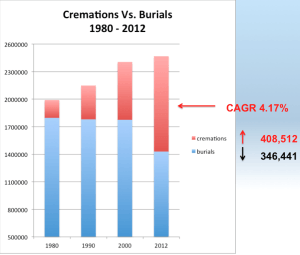Covid – 19 and The Reinvention of Spring Burials
Covid - 19 and The Reinvention of Spring Burials Talking with funeral directors across the nation and Canada I am hearing (as you are experiencing) that you are busy but the services are mostly abbreviated or direct. So your revenue is deeply affected. Many wonder what funeral service will be like after we struggle to return [...]



